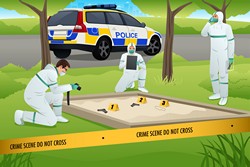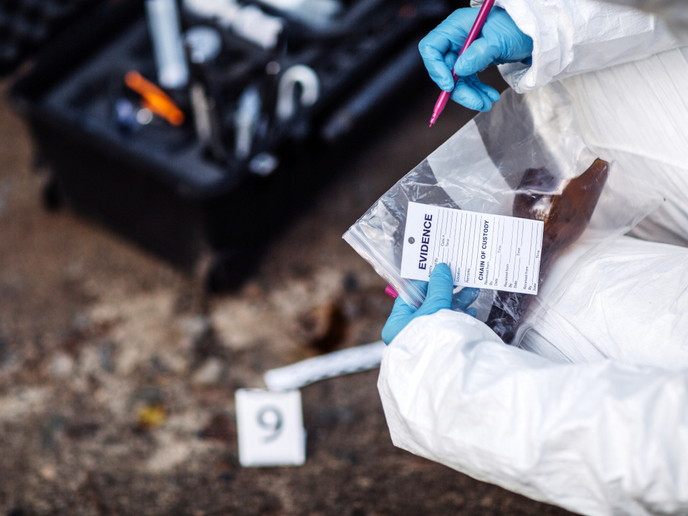Virtual forensic genetics research centre
Forensic genetics is a highly innovative field of applied science with an important role to play regarding the security of EU citizens. Its use of genetic techniques for identifying offenders and the creation of national DNA databases, however, could lead to violations of privacy rights. Applications such as the use of genetics to predict a person’s visible characteristics are also a cause for concern. The societal, legal and ethical dimensions of forensic genetics were addressed by the EUROFORGEN-NoE(opens in new window) (European forensic genetics Network of Excellence) project through the creation of a European Virtual Centre of Forensic Genetic Research. This includes a virtual resource bank on ethical, legal and social aspects of forensic genetics containing a selection of literature on policies and practices. Consortium members established a forensic genetics training infrastructure and developed a curriculum for postgraduate education. For the public, a series of instructive videos entitled 'Forensic genetics explained' was produced. Several new research partners were integrated and significant progress was made with regard to advancing forensic DNA analysis. Important breakthroughs included agreement on sets of messenger RNA, microRNA and epigenetic DNA markers for the identification of human body fluids and tissues from crime scene samples. In addition, EUROFORGEN-NoE released a prototype marker panel for predicting the biogeographical ancestry of an unknown perpetrator, such as from a biological sample found at a crime scene, and by analysing a worldwide set of DNA samples to test its predictive power. Project partners developed open-source software for interpreting complex DNA profiles, simulating forensic polymerase chain reaction experiments and performing deconvolution of complex mixtures in order to discover likely profiles from mixed trace DNA samples. They also conducted the first-ever ‘Audit on DNA legislation in Europe’ and addressed the societal impact of this technology by drawing up a comprehensive report on European-wide public perception of forensic DNA analysis. EUROFORGEN-NoE activities and the Virtual Centre improved collaboration between relevant scientific working groups, stakeholders and end users. The initiative also played a key role in the long-term integration of research efforts and ensuring a high and sustainable quality of investigation that will benefit the European security sector. A large range of project videos is available including EUROFORGEN's International Dissemination Conference - Venice, 23 June 2016(opens in new window) and 180 seconds for the future of forensic genetics(opens in new window). There is also a set of videos produced by EUROFORGEN partners that forms a comprehensive ‘Questions and Answers’(opens in new window).







